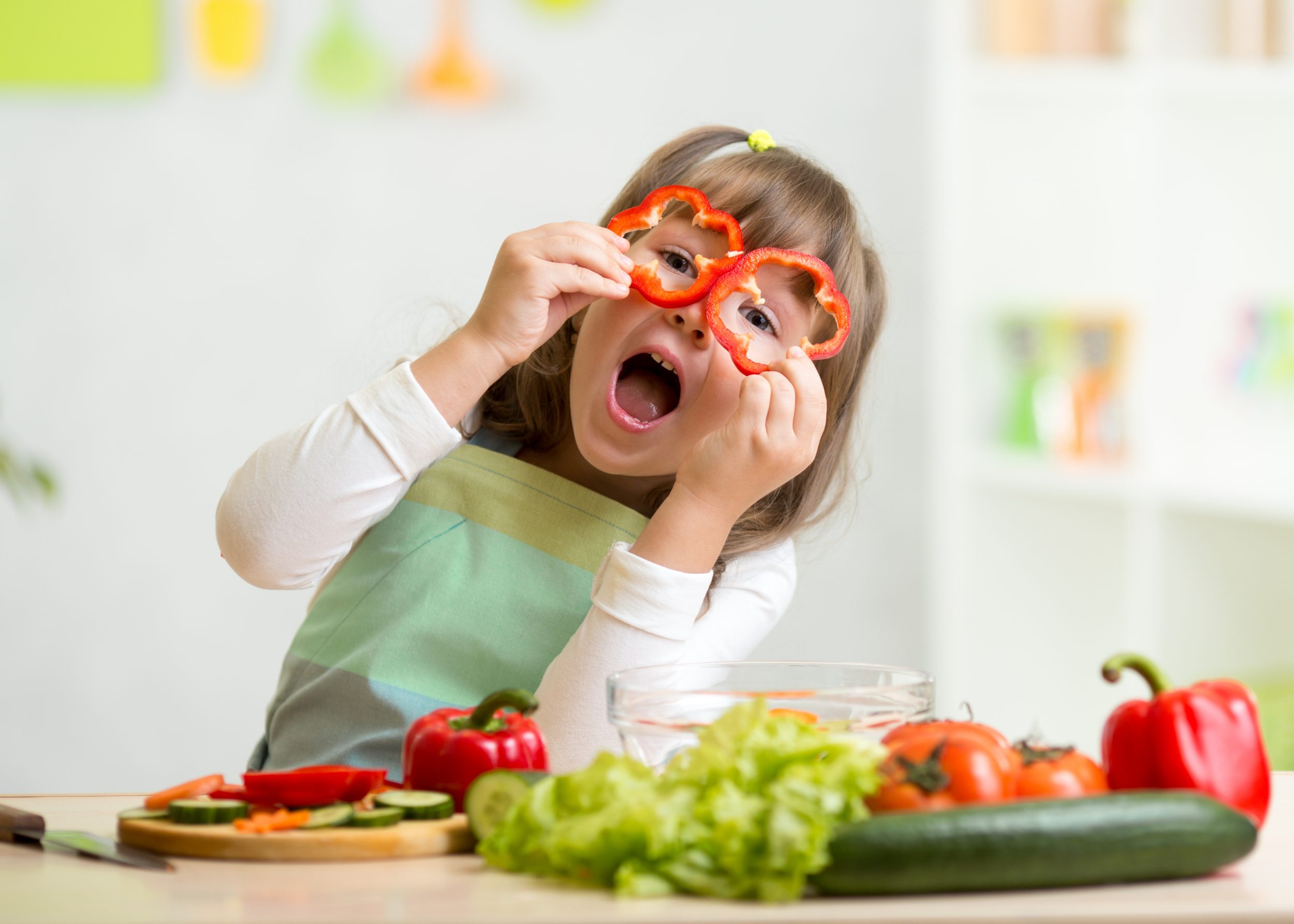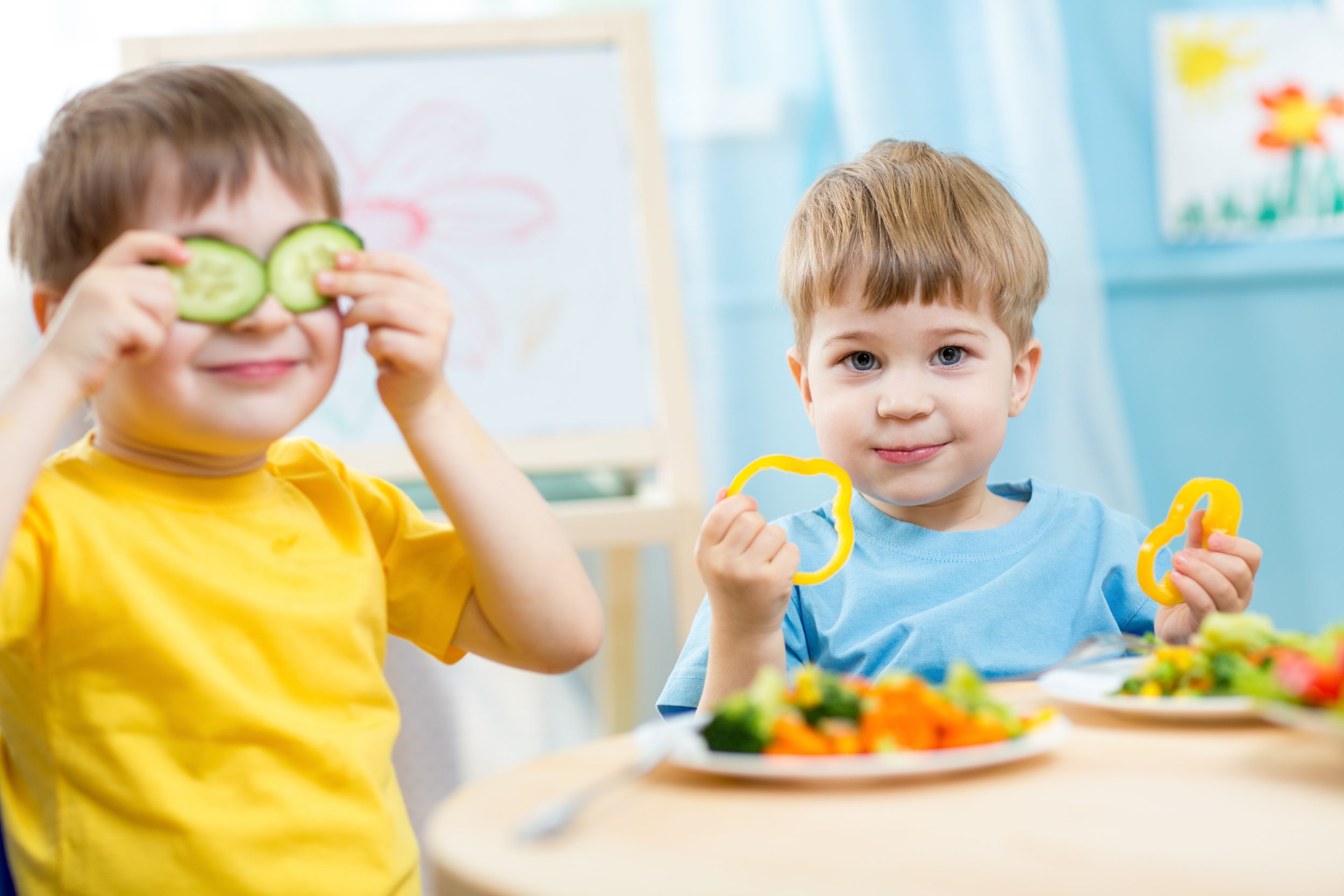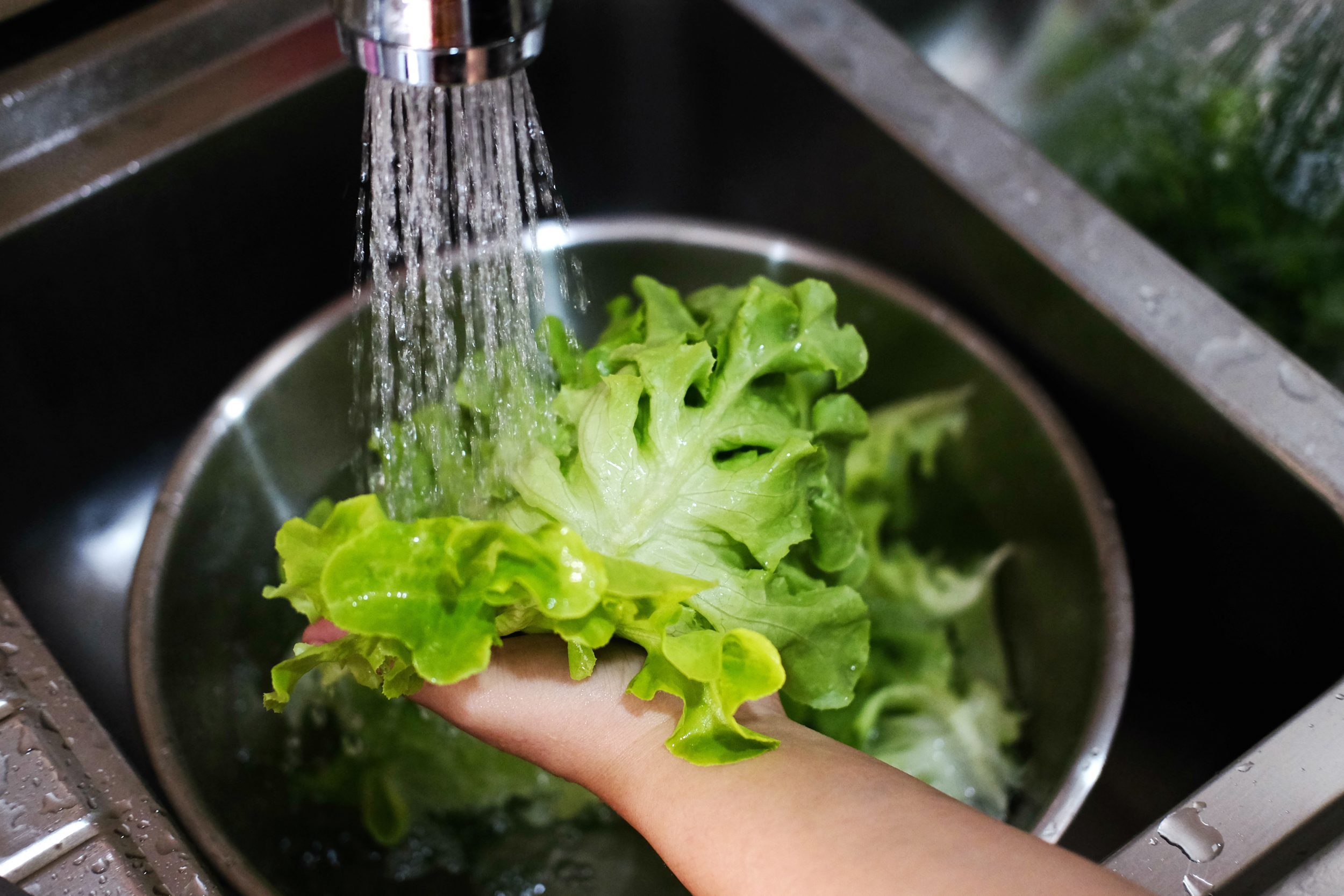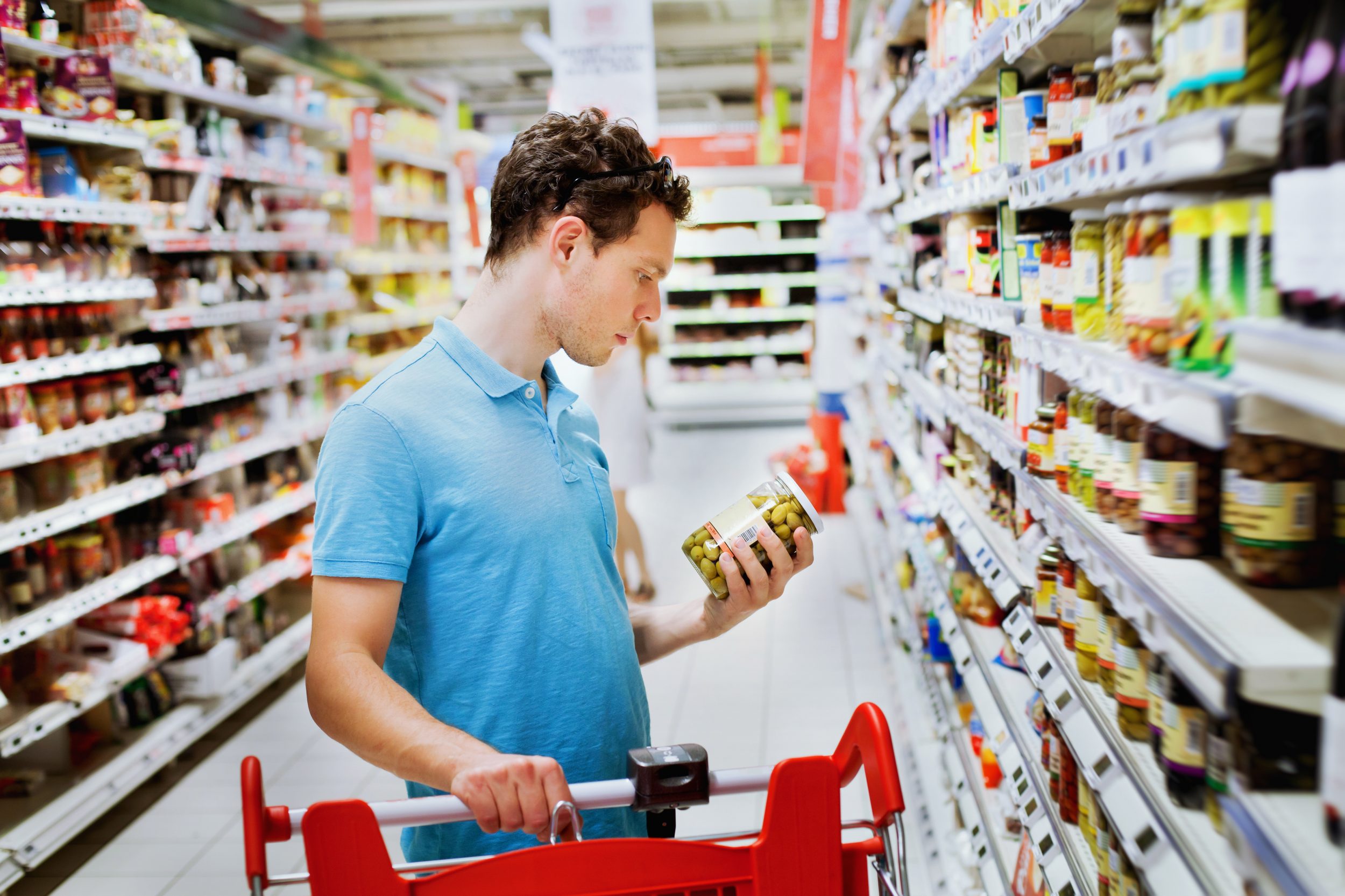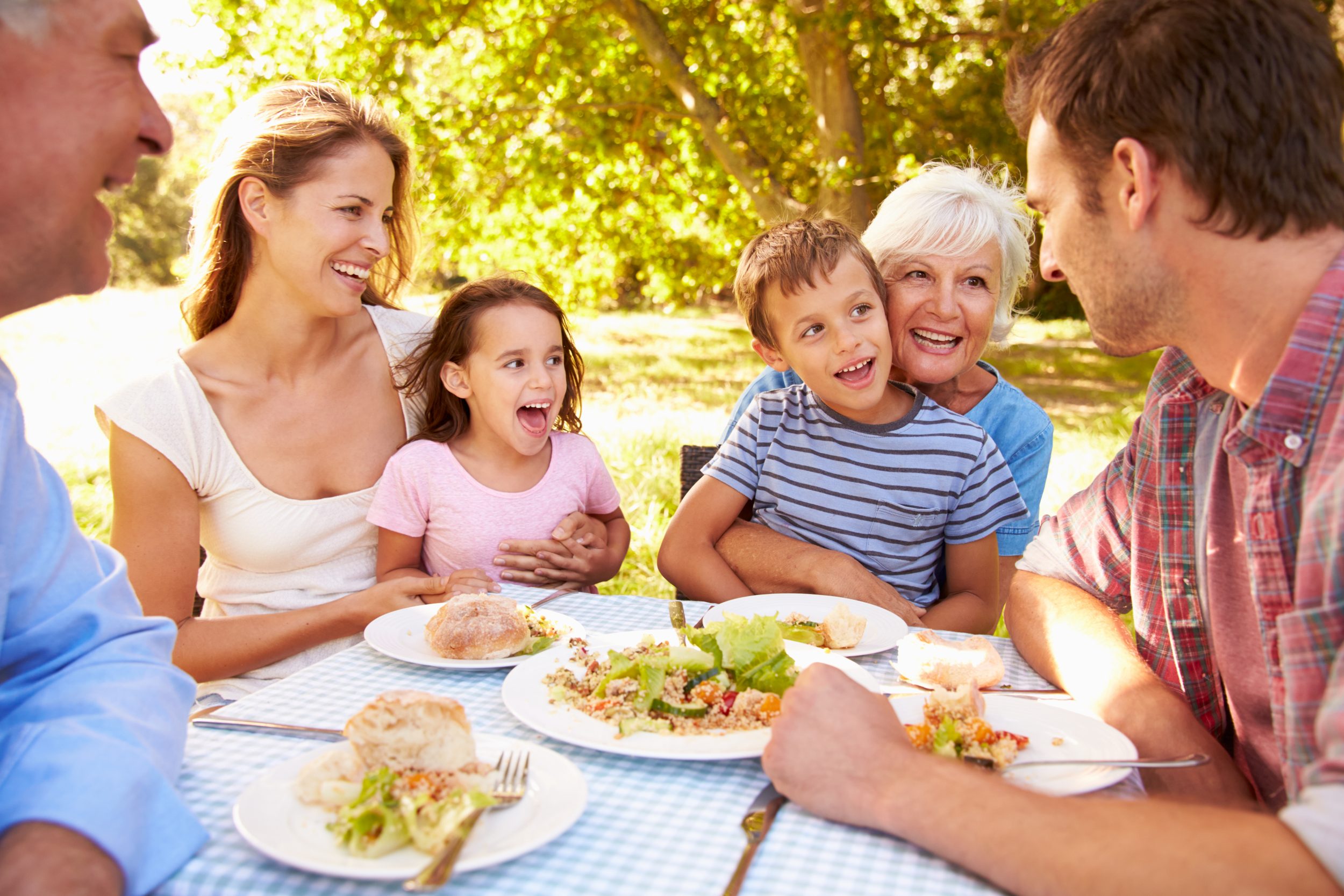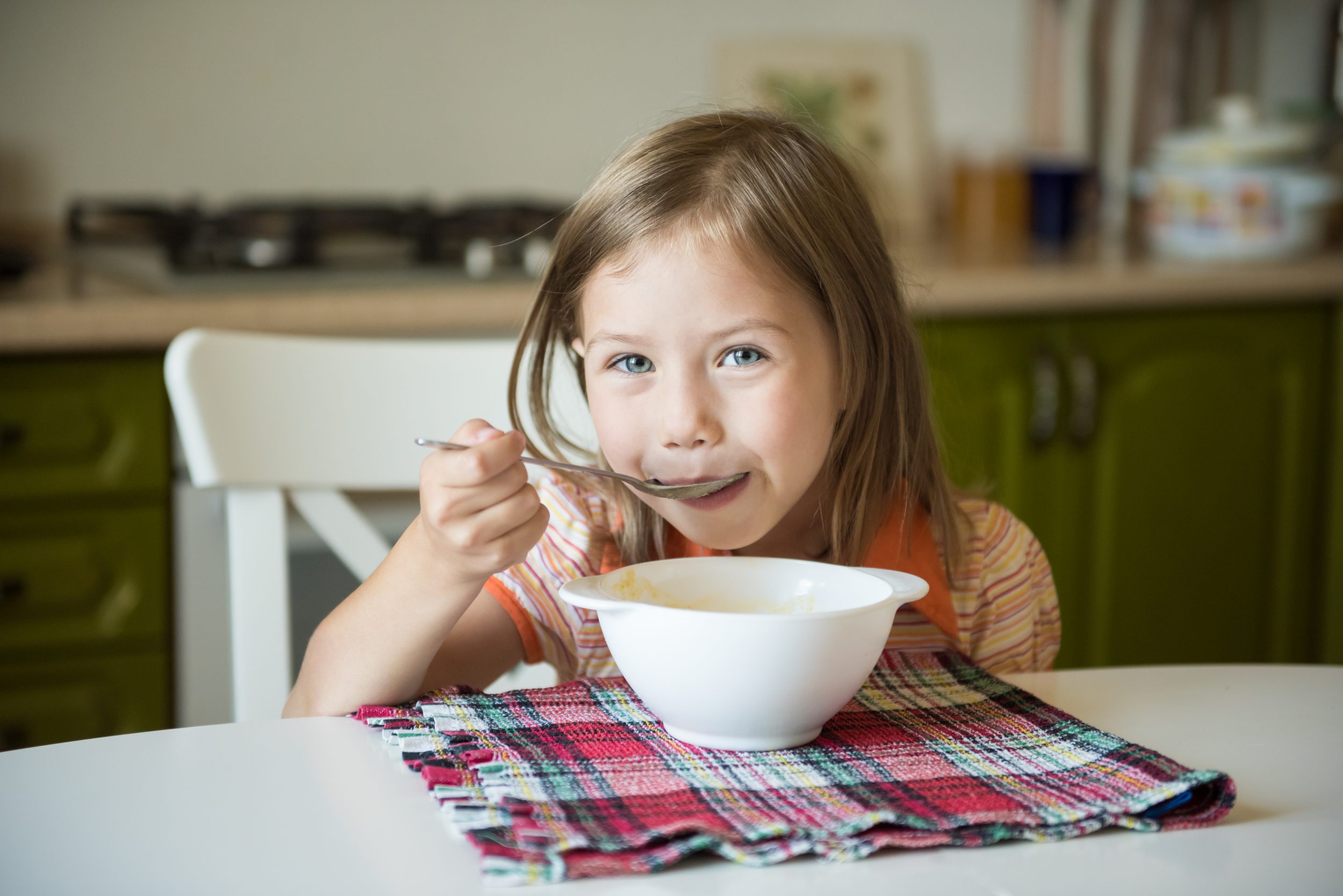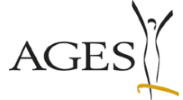What your child needs to be healthy
In order for your child to develop well, it needs enough nutrients. Especially vitamin D, folic acid, iron and iodine. Vitamin D Children need enough vitamin D. Vitamin D is important for your child to grow well and have healthy bones. The body can produce vitamin D itself if it gets enough sunlight. But vitamin D is also found in some foods. Most vitamin D is found in sea fish, which have a lot of fat. For example, herring, mackerel and salmon. Trout also has a lot of vitamin D. Vitamin D is also found in egg yolks and some mushrooms. For example in porcini mushrooms, chanterelles or ...
Eating together
Children like to eat with the family. Eat together with your child as often as possible. Make mealtimes an enjoyable event. Make time for mealtimes. Make sure that mealtimes are relaxed. Children can help set the table and decorate it. Don't start eating until everyone is seated at the table. Only take a small portion at first. Your child should do the same. If they are still hungry, they can have some more. Show your child how to behave at the table. ...
Prepare food carefully
This is important for cleanliness: Wash your and your child's hands with soap and water. The kitchen must be clean. Keep appliances, work surfaces and sinks clean. Wash crockery and cutlery thoroughly in hot water or in the dishwasher. Take care of the food Make sure that food is always stored in a cool place. This also applies to the journey home from the shops. This applies in particular to meat, poultry, fish, eggs, milk and dairy products. Always store food at the right temperature. If you store raw and cooked food in the fridge at the same time, ...
What does the label tell me?
You will find a list of ingredients on food labels. If you read the label, you will know what is really in the food. Pay attention to the order: at the beginning are the ingredients that are most present in the food. Food can contain substances that trigger allergies. These substances are called allergens. The 14 most important allergens can also be found in the list of ingredients. They are highlighted. Sometimes it is impossible to avoid allergens in the production of food. In this case, there is a warning on the label. For example, "May contain traces of milk." On the packaging you will find ...
Energy all day long
Children need a lot of energy and nutrients. Therefore, 3 main meals and 2 snacks are ideal: breakfast, lunch and dinner and 2 snacks. One meal a day should be warm. Get your child used to fixed meal times. Do not give your child any snacks or sweet drinks between meals. But they can always drink water. A good breakfast is a great way to start the day. With a healthy snack in the morning, your child can participate and be attentive in kindergarten or school. In the afternoon you often feel low and have little energy. A healthy snack in the afternoon also gives ...
A new phase in life begins
Your child is now going to kindergarten or even school. Your child needs to be active and alert throughout the day. They need energy and enough nutrients. Your child needs a balanced diet that is suitable for their age. A balanced diet means eating a variety of foods that contain all the important nutrients. Above all, vegetables, fruit, cereal products and dairy products every day. Your child should also eat meat, fish and eggs from time to time. Shared meals with the family are also good for a healthy diet. You can be a good role model for your child and eat healthily yourself.

